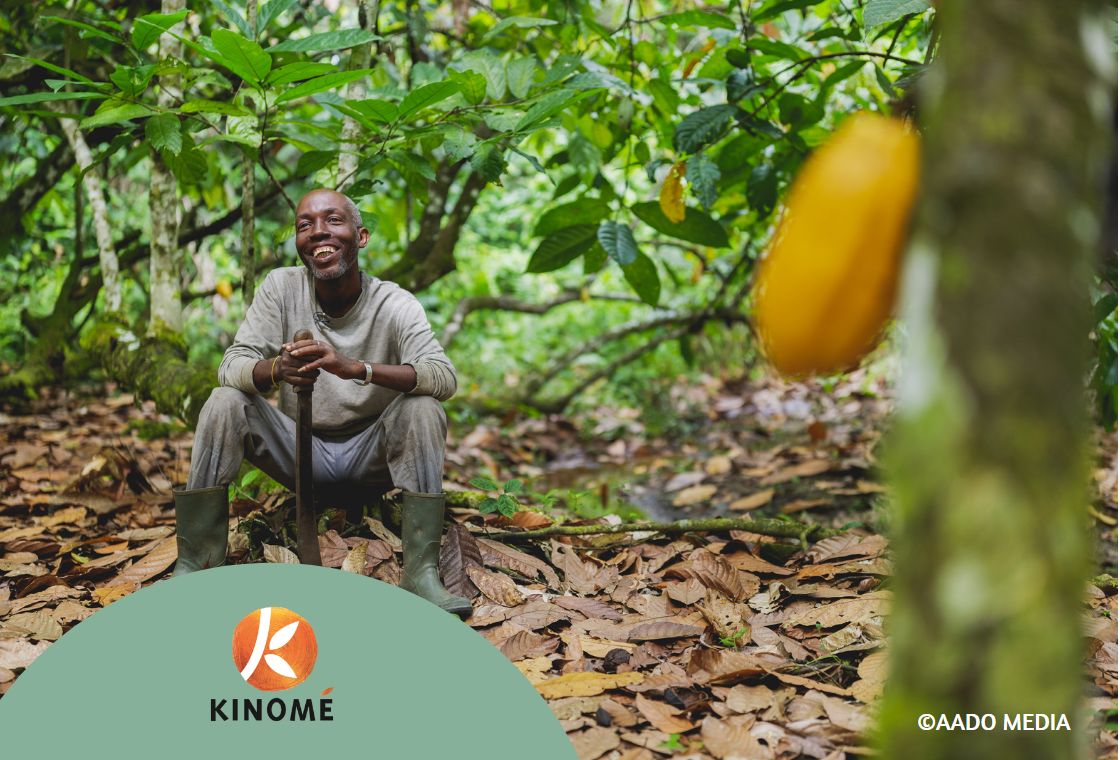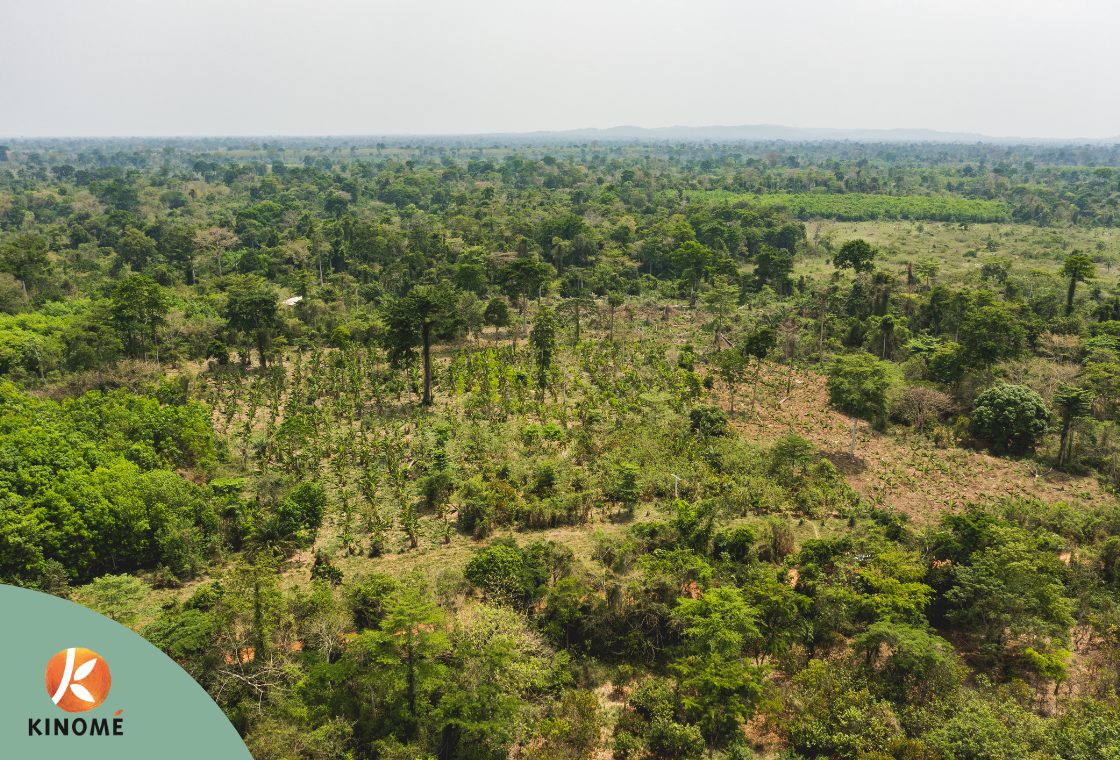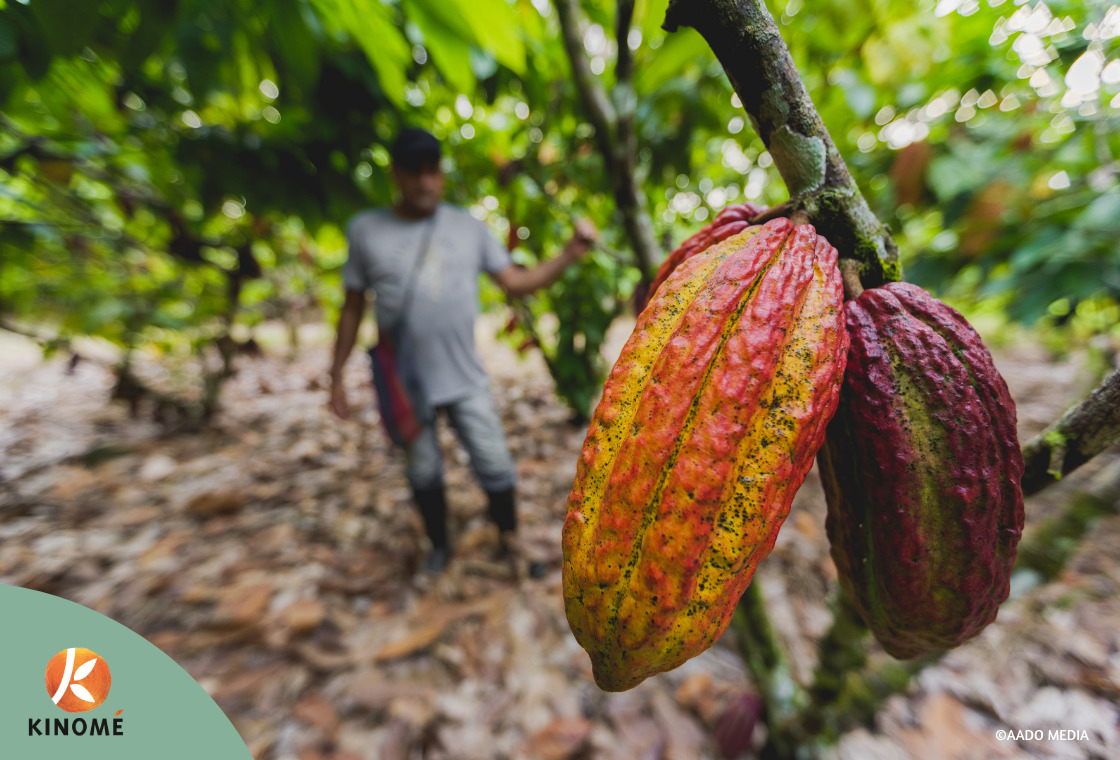Ecological transition: definition, context and challenges for businesses
#transition #positiveimpact #sustainability
The ecological transition is at the heart of all current political and social issues. In the news, in government legislation and proposals, and in corporate strategy, the ecological transition is the talk of the town. But what really is this ecological transition? That’s what we’re going to explore in this article.
A brief history of the transition:
The term transition has several origins:
It is said to have been used in 1970 by Jimmy Carter, then President of the United States, as a political gesture of reassurance. The term “transition” is said to have been preferred to “crisis” when referring to the US energy situation, in order to avoid distressing the population.
Also in the 1970s, it was mentioned for the first time in an environmental context in the Meadows report published in 1972 to evoke the need for a “transition from a growth model to a global equilibrium” in a context where economic growth was having a negative impact on the environment, leading to an increase in environmental risks (loss of ecosystem services, overstepping of planetary limits, etc.).
However, another origin can also be brought in, that of a social and activist movement. In 2005, Rob Hopkins launched the “Cities in Transition” movement to adapt to and limit the impact of the oil crisis on the daily lives of English residents.
Initially intimately linked to energy and the economy, ecological transition is now an umbrella term for the social, societal and environmental issues that form part of our political and social ecosystem.
So how do you define ecological transition?
The government defines the ecological transition as “an evolution towards a new economic and social model, a model of sustainable development that renews our ways of consuming, producing, working and living together to meet the major environmental challenges of climate change, resource scarcity, the accelerating loss of biodiversity and the multiplication of environmental health risks”.
It’s clear, then, that the ecological transition encompasses a diversity of transitions that apply to numerous sectors, such as industry, agriculture, finance, mining and so on.
Energy transition:
The energy transition is based on three main pillars:
- The transformation of the energy production system, from one based essentially on fossil fuels and pollutants to one based on renewable energies and less pollutants.
- Energy efficiency, which involves improving the energy performance of our energy systems.
- Energy sobriety, which means reducing our energy needs through structural changes and a transformation of our consumption patterns.
This transition concerns all public players and all areas of activity
The transition of agricultural systems:
According to Oxfam, the agricultural sector is responsible for 24% of global greenhouse gas emissions and 80% of deforestation.
It is therefore imperative to drive a transition within agricultural systems. This concerns farmers and producers, consumers, as well as food, cosmetics and fashion companies for their supplies.
This transition is complex, and requires work across the entire supply chain to ensure that the risks and benefits of implementing better farming practices are shared by all players. It is also the responsibility of companies to train and support farmers as they change their practices.
Practices such as agroecology and regenerative agriculture are to be favored for an optimal ecological transition.
Industrial transition
The industrial sector is another major source of emissions, accounting for 18% of global greenhouse gas emissions. Whether it’s the extraction of raw materials, the industrial processes used, the routing of a product’s various components or its recycling, the industrial sector has many issues to resolve to ensure its ecological transition.
Financing transition
Finally, the finance sector has also made great strides in recent years. Numerous regulations have been put in place to ensure greener financing, in line with the ecological transition.
Although all these sectors have begun their transition, it is only at the beginning of its history, and many milestones remain to be reached to ensure the viability of our companies.
The importance of a deep and rapid ecological transition within companies
As we have seen, the ecological transition is everywhere, in every field. At a time when, as revealed by a study two weeks ago, 6 of the 9 planetary limits have been exceeded, we at Kinomé believe that it is crucial to take this transition in hand.
And it’s primarily companies that will be able to make this transition, because they have both the financial resources and the motivation.
To begin this ecological transition, there are several stages to consider.
1- Objective assessment of the company's impact
No transition is possible if we don’t know where we’re starting from and where we’re going. The first step will therefore be to carry out a diagnosis of the company in several areas: the current social and ecological impact of the company, the items having the greatest impact on the overall balance sheet (this can be organized according to scopes 1, 2 and 3, or according to the different sectors of the company), and finally the risks incurred by the company if it were to make no changes. This stage should also include an inventory of the resources available internally and those that can be mobilized externally.
2- Integrate these issues into the company's raison d'être
Redefining the company’s raison d’être on the basis of the impact assessment is a very powerful exercise for the whole team. Knowing where we’re going and the impact we can have, in particular through a systematic ecological transition within the company, is an asset when dealing with consumers and employees.
3- Internal repositioning
To achieve an effective and far-reaching ecological transition, the company will need to reposition itself internally. Indeed, a change driven by genuine convictions will be easier, more effective and more joyful.
4- Innovations and long-term efforts measured by impact monitoring
Finally, the company’s raison d’être, its vision, needs to be nurtured by continuous, long-term action and innovation. All these actions will have an impact on the company’s financial, social and environmental ecosystem, which will need to be regularly monitored by the company. A real source of motivation, these follow-ups will enable the impact of the actions taken by the company and the overall transition trajectory to be visualized directly!
At Kinomé, we specialize in repositioning corporate strategies on the Human, Ecological and Climate Transition, thanks to our work on raison d’être, impact measurement and improvement, and transition issues.
Keep in touch



#agroforestry #impact #study #investment These articles may be of interest to you Context and issues 1.2.Tree Finance (now RRG Nature-Based...
With the goal of transitioning to a sustainable and inclusive international food system, regenerative agriculture emerges as a powerful force...
#cocoaculture Content Environmental and social issues in the cocoa sector Sustainable cocoa Cocoa varieties Study of PAPFor and WABILED projects...




